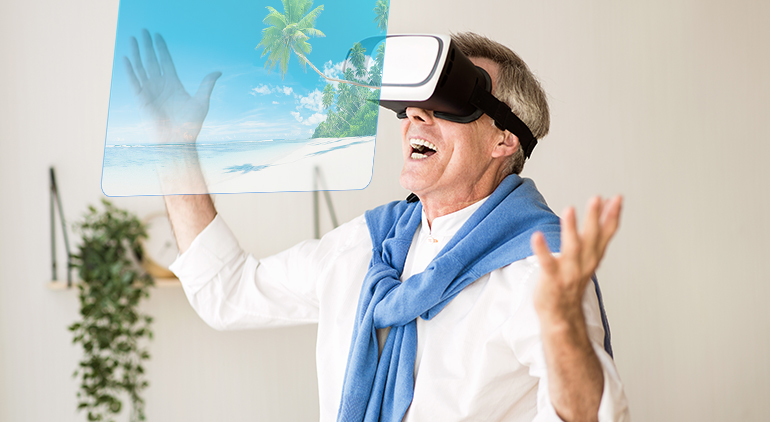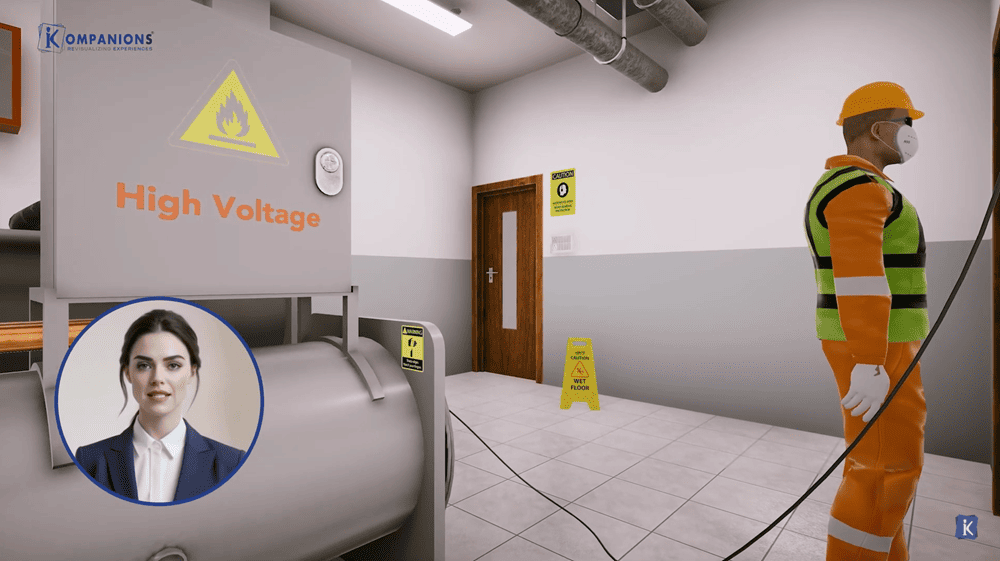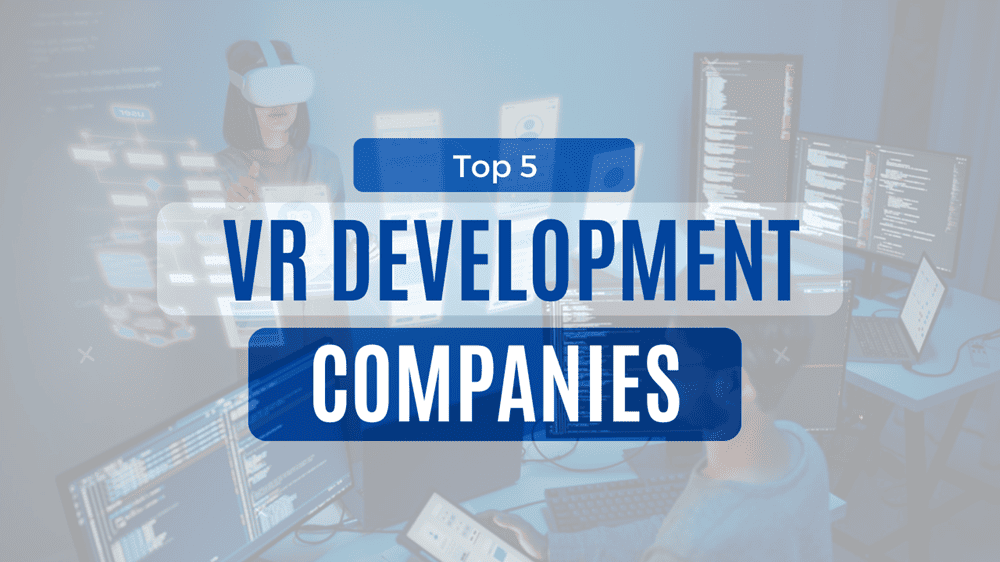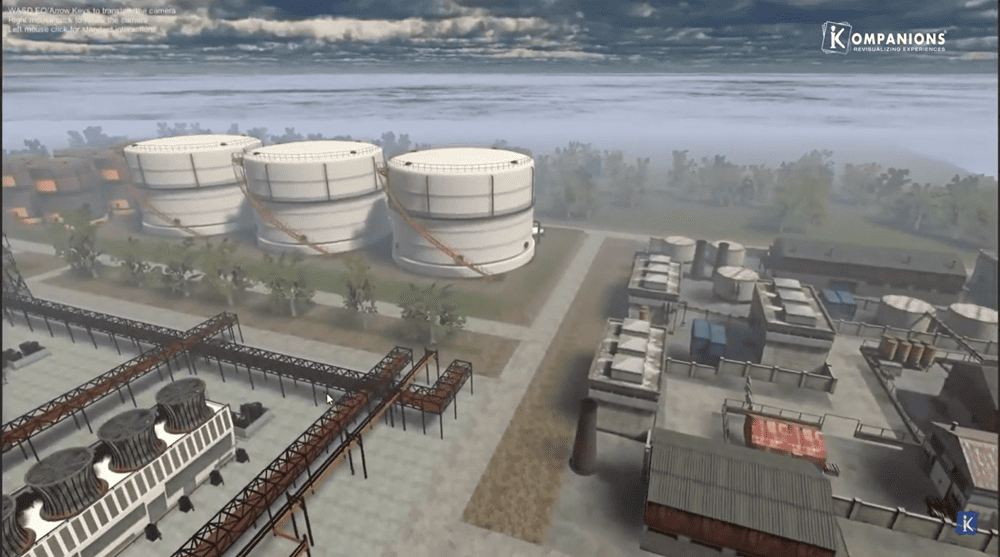Will Virtual Reality Replace Travel? Virtual Travel and the Future of Tourism
- 50% of travelers globally use virtual reality to facilitate their travel booking and enhance their experience (according to Statista).
This means VR integration is as important as a website or virtual reality application for the travel and tourism industry players to reach this demographic effectively.
And major brands have been responding to it. Virtual field trips by AirBnB, virtual reality booking service by Amadeus, and the Galactica VR rollercoaster experience by Alton Towers are major examples of strides in this direction.
Stats show that this is the way forward for the travel and tourism industry as a whole.
- From $74.6 Million in 2018, the industry was set to reach a value of $304.4 Million by 2023 according to the same analysis.
To reach this kind of growth, however, the industry needs to come out of the setback it has incurred due to the pandemic. UNWTO estimates a plunge of $1.2 Trillion within the industry owing to this unexpected turn of events.
Impact of COVID in Travel Industry
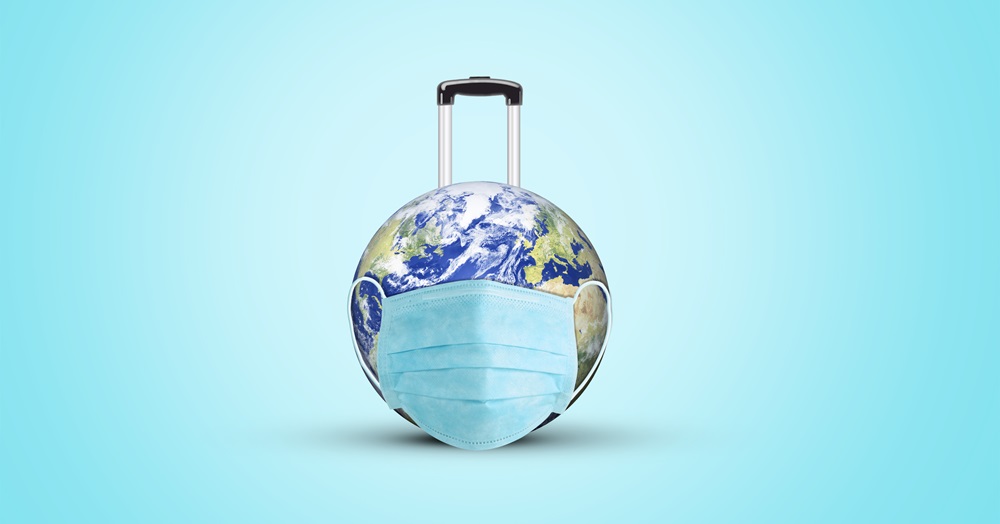
With travel restrictions and restrictions of physical contact, the pandemic has affected the travel and tourism industry as a whole. According to OECD, the international travel economy took a 60-80% hit in 2020. The COVID scenario has thrown out stats like:
- According to McKinsey, tourist arrivals globally will fall by 80% due to the pandemic.
- The UN has predicted a 4.2% dip in the global GDP if tourism shuts down for over 12 months.
- Over 50 Million tourism-based jobs have been affected according to World Travel and Tourism Council.
To revive the travel and tourism industry, virtual travel plays a central role. The ‘try before you buy’ experience is good for marketing while the virtual environment created within a safe space can add to the comfort of potential travelers.
The current trends show widespread adoption of tech into the travel and tourism space.
Current VR Trends in the Travel and Tourism Industry
According to Statista, the tourism sector generated $2.9 Trillion in 2019. However, in 2020, the sector saw a $315.57 billion decline in revenue. VR has the potential to restore the industry to its post-pandemic potential.
- In October 2020, National Geographic VR was launched in collaboration with Oculus which takes users to remote destinations around the world.
- In April 2020, Eiffel Tower enabled virtual visits as part of its 130th anniversary. The services are set to reopen in July 2021 permanently.
- March 2020 saw the Vatican Museums authorities opening up a virtual reality interior tour for art lovers after the museums closed down due to the pandemic.
- The official website of Louvre has an immersive tour put up since May 2020.
The tech could homogenize traditional travel. Industrial AR/VR solutions and other technological advancements can amp up the industry. By putting ample amounts of personalization into the offerings, it can revolutionize the customer experience. In many ways, VR is the future of travel and tourism.
Use Cases of Virtual Reality in Travel and Tourism
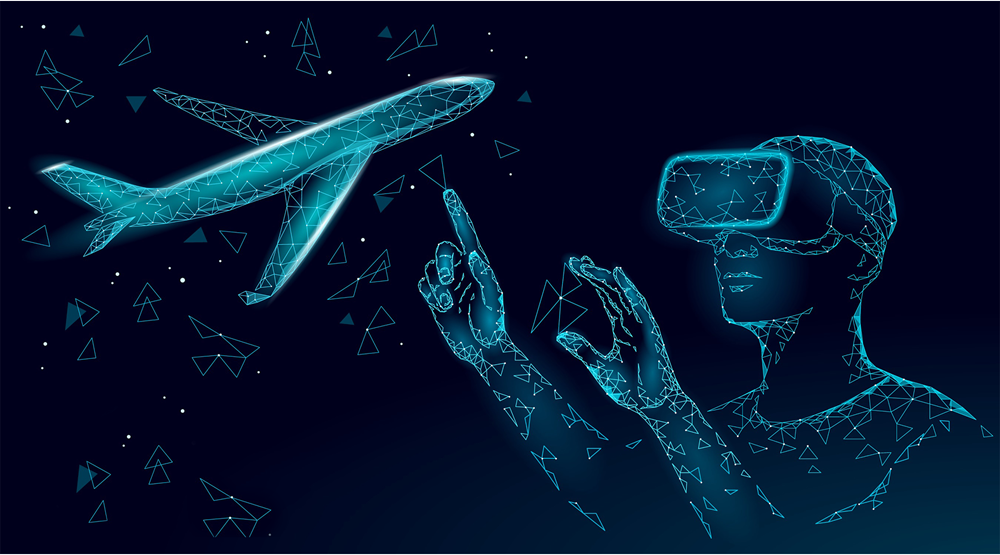
Implementing VR can revolutionize customer engagement by breathing some life into a monotonous process. There is immense potential stemming from this for the travel and tourism industry.
• Covent Garden Hotel in London offered the ‘VR cocktail’. The cocktail was very real but through a headset, the user could travel to the origin of the drink in the Scottish Highlands while enjoying the beverage.
• The Zion Narrows Experience allows the user to visit the Zion National Park and experience the dramatic sandstone structures.
• The Furaveri Island resort allows users not just to get a tour of their rooms, but also to experience the exquisite coral reefs in the comfort of their homes.
• The future of virtual reality lies in multisensory masks. The e-nose market is growing at 11.8% CAGR from 2021 to 2026 (Modor Intelligence) and is finding adoption within the virtual reality market.
With digital scent and olfactory tech booming, the travel and tourism industry can look into scent marketing to enhance user experience.
The implications are many and VR is definitely a powerful driving force in the travel and tourism space.
Related post: How AR VR is Transforming the Hospitality Industry
Looking ahead
Major investment research companies such as Goldman Sachs and Piper Jaffray have been motivating stakeholders for the VR proposition in the travel market. Goldman Sachs expects the software market for VR to hit $35 Billion by 2025.
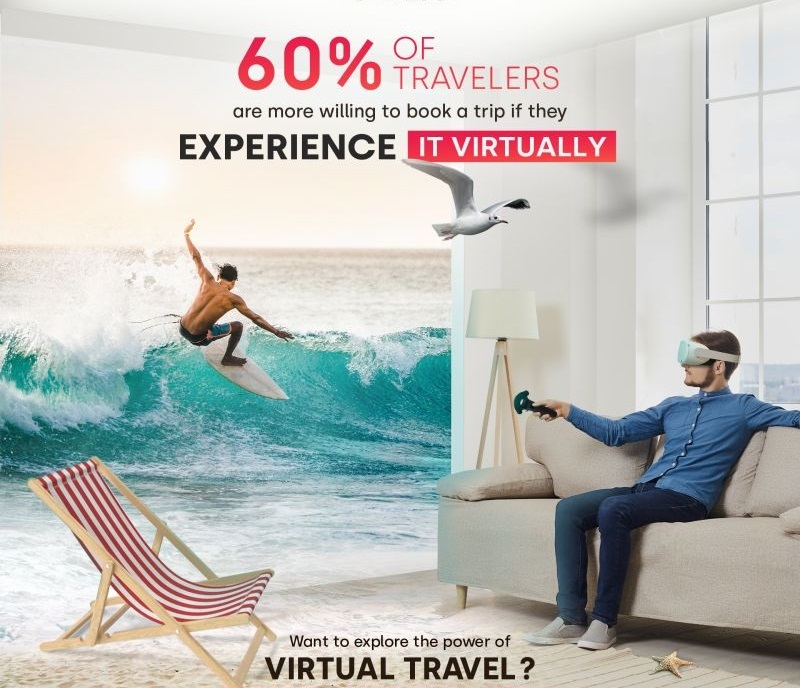
As hardware sales do not seem like a profitable option for the tourism industry, software market expansion seems to be a more important aspect.
VR will also be a medium of experience re-creation. Once back from a trip, travelers would be able to re-create the entire experience.
According to Lundy, the “re-experience” market will be one of the most valuable and largest markets in the travel industry.
The “gimmick” face of VR in travel and tourism is disappearing slowly, giving way to more practical and increasingly permanent applications. The biggest positive is the democratization of access.
Tourist attractions can be opened up to the financially challenged. With a sustainable economic model and a vision for eco-friendly tourism, virtual reality will unquestionably be a huge driving force in the tourism and travel industry.
At KOMPANIONS, we merge industry insights with our cutting-edge AR, VR, and MR technology to provide solutions for all your extended reality needs.
To get more such industry-specific insights, visit our blog.

